Construction drawings are generally not legal documents on their own. Their primary purpose is to communicate design intent, dimensions, materials, and technical details to contractors, builders, and engineers. However, they can become legally binding when they are incorporated into signed contracts, stamped and certified by licensed professionals, or officially approved by building authorities. In those cases, the drawings can be used in legal disputes, permit processes, and inspections.
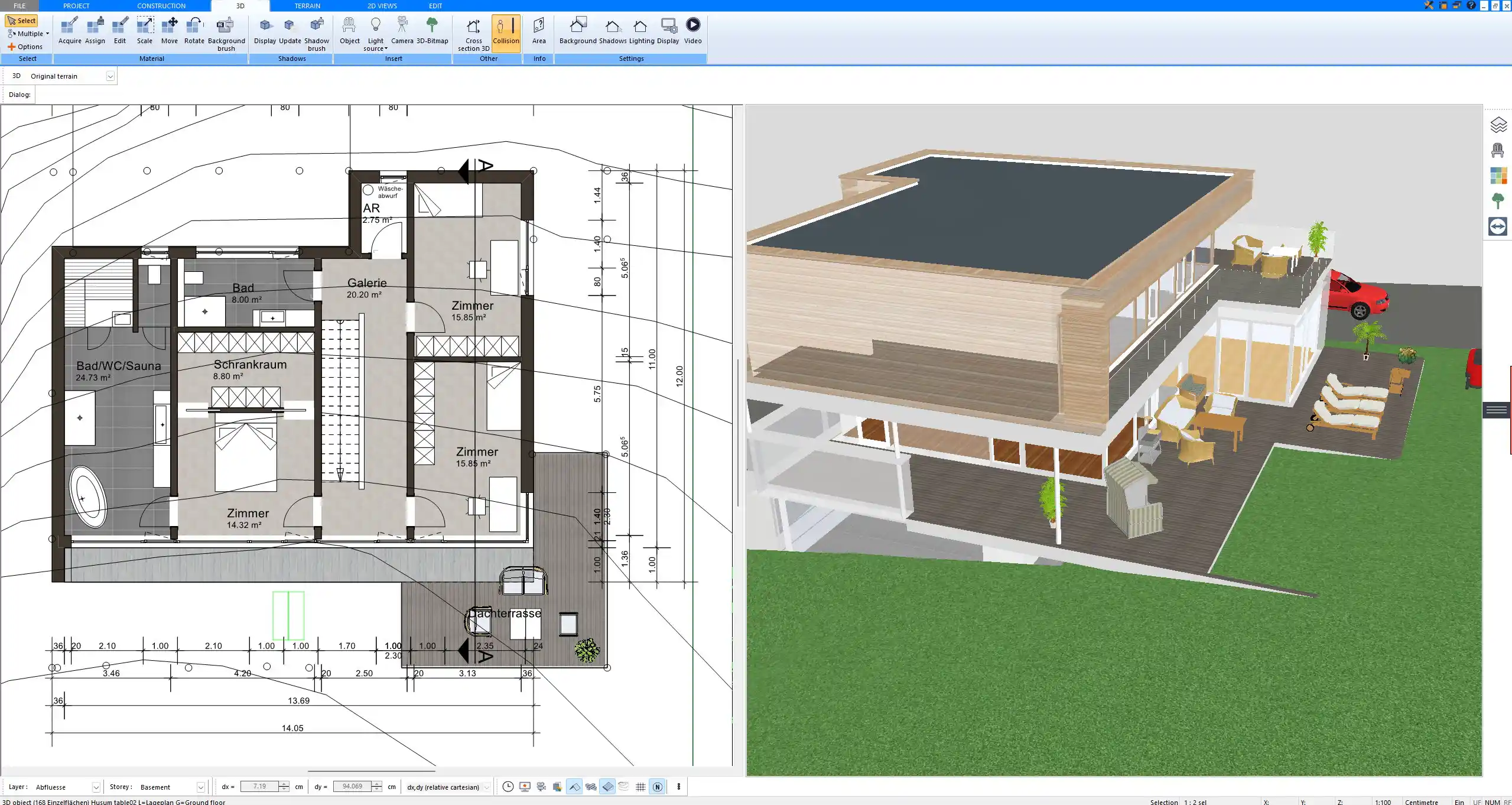
When Do Construction Drawings Become Legally Binding?
Inclusion in Contracts
If construction drawings are referenced in a written contract, they gain legal force. For example, when a contract specifies that a project must be built “according to the attached drawings,” those drawings become part of the contractual agreement. This means that if disputes arise, the drawings can be used to determine whether each party fulfilled their obligations.
Stamps and Certifications
In many regions, construction drawings must be stamped or sealed by a licensed architect or engineer to be considered legally valid for submission. A stamped drawing indicates that a qualified professional takes responsibility for its accuracy and compliance. This professional certification gives the drawing legal status and ensures it can be used for permits and inspections.
Approval by Authorities
Local building authorities often require drawings to be submitted for approval before construction begins. Once approved, these drawings become legally binding for inspections and compliance checks. Any deviation from the approved drawings without permission can result in fines, stop-work orders, or legal disputes.
Key Differences Between Construction Drawings and Legal Documents
Construction drawings and legal documents serve different but complementary roles. The table below illustrates these distinctions:
| Aspect | Construction Drawings | Legal Documents (Contracts, Permits) |
|---|---|---|
| Purpose | Visual and technical communication | Define rights, obligations, liabilities |
| Created by | Architects, engineers, designers | Lawyers, authorities, contracting parties |
| Binding on their own? | No | Yes |
| Becomes binding when… | Signed, stamped, or approved | By default once signed or issued |
Why the Distinction Matters
Understanding the difference between construction drawings and legal documents helps prevent costly mistakes. Homeowners often assume that drawings alone define the entire scope of work, but contractors are usually bound first by written agreements. If drawings and contracts conflict, the legal contract usually takes priority. Clear communication and alignment between both documents reduce misunderstandings and disputes.
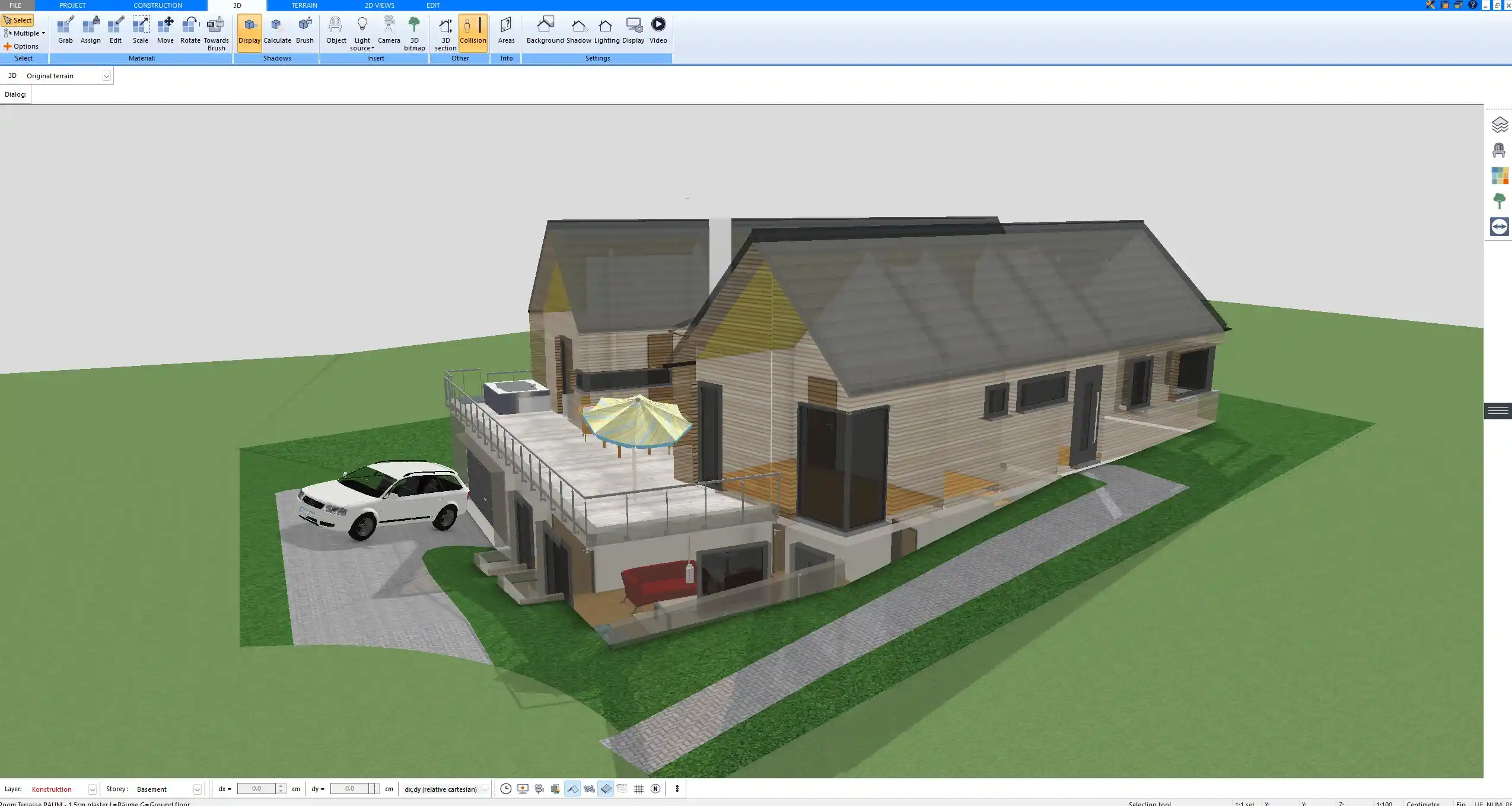


Practical Examples from Construction Projects
In practice, construction drawings often play a decisive role when combined with contracts or approvals. For example, a contractor may follow drawings exactly, but if the contract specifies a different material, the contract will usually prevail in court. In another case, a structural drawing stamped by an engineer must be followed precisely, as any deviation could lead to failed inspections or even legal liability. Homeowners planning private builds should be aware that unless drawings are tied to contracts or approvals, they are not automatically binding.
International Considerations
Construction law and practice differ between regions, but the general principle remains the same. In the United States, stamped drawings are almost always required for building permits and are enforceable in legal disputes. In European countries, drawings gain legal status when submitted for official building permits and approvals. While units of measurement differ—feet and inches in the U.S., meters and centimeters in Europe—this does not affect the legal standing of drawings. With professional planning software, such as Plan7Architect, you can switch seamlessly between metric and imperial systems depending on the project location.
How to Handle Construction Drawings Correctly
To ensure construction drawings hold legal weight where needed, it is important to handle them carefully:
-
Make sure drawings are consistent with contracts and specifications.
-
Check whether local regulations require an architect’s or engineer’s stamp.
-
Use the most up-to-date versions of drawings to avoid costly mistakes.
-
Keep copies of both approved drawings and signed contracts in case of disputes.
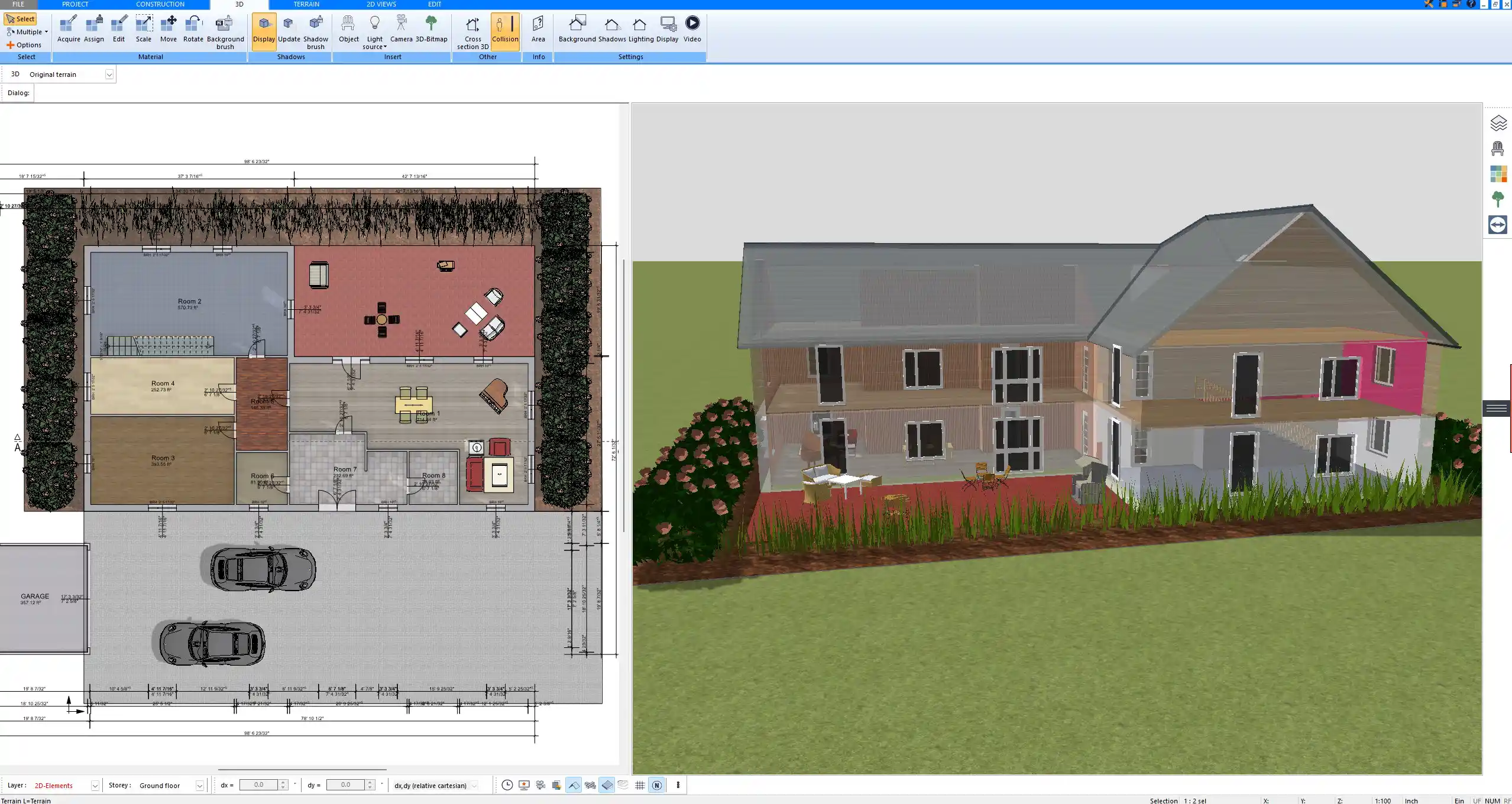


Create Professional Floor Plans with Plan7Architect
With Plan7Architect you can create professional construction drawings and floor plans that are accurate, detailed, and suitable for contracts or authority approvals. You can switch between European metric units and American imperial units depending on your project requirements. The software allows you to plan every aspect of your building project in 2D and 3D, ensuring that your drawings can be used effectively in practice. When you purchase Plan7Architect, you benefit from a 14-day cancellation policy that replaces the need for a trial version—simply send us an email if you wish to withdraw your order. This makes it a safe and powerful choice for anyone who wants to create professional-level construction drawings themselves.
Plan your project with Plan7Architect
Plan7Architect Pro 5 for $99.99
You don’t need any prior experience because the software has been specifically designed for beginners. The planning process is carried out in 5 simple steps:
1. Draw Walls
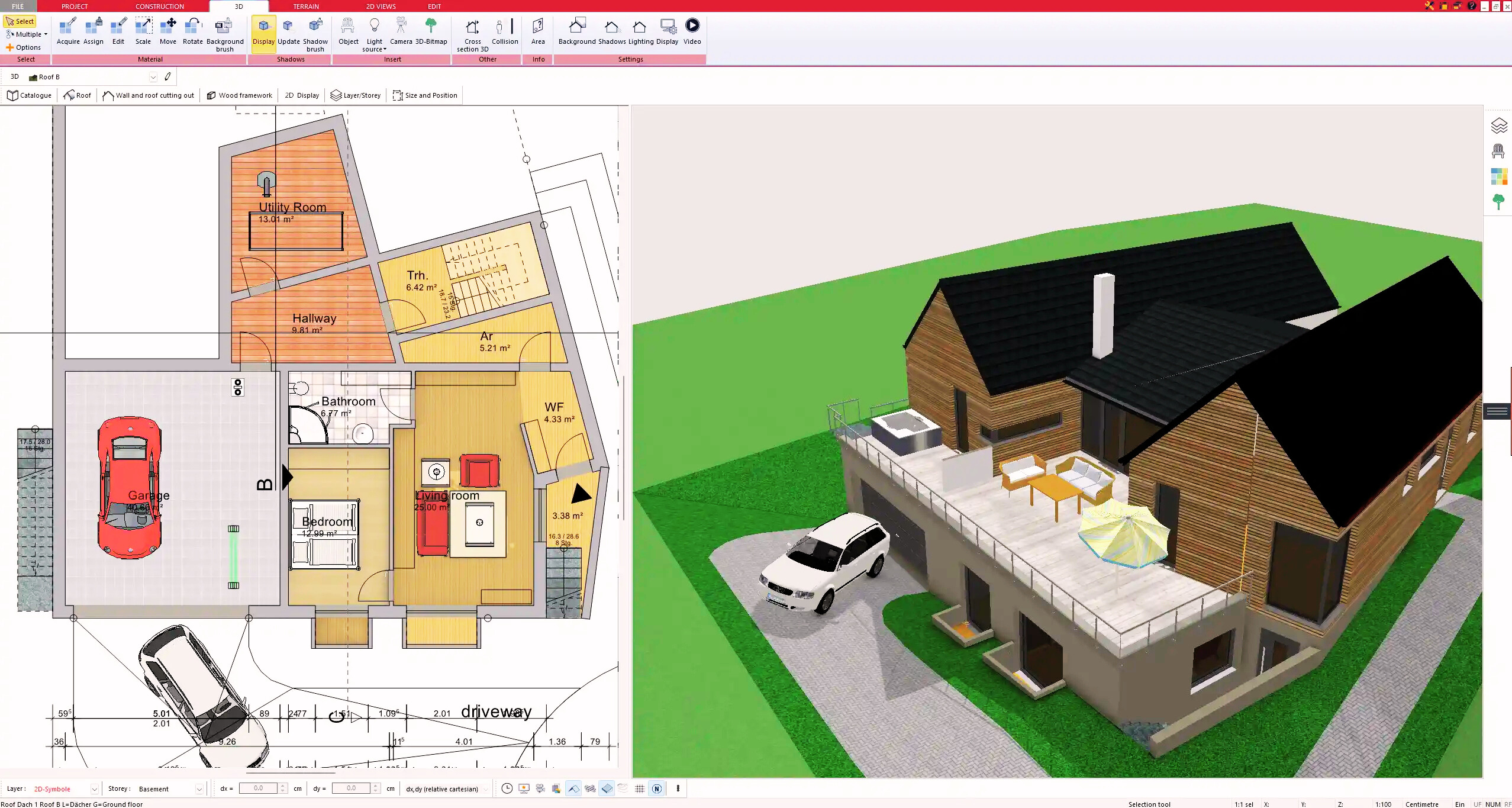


2. Windows & Doors
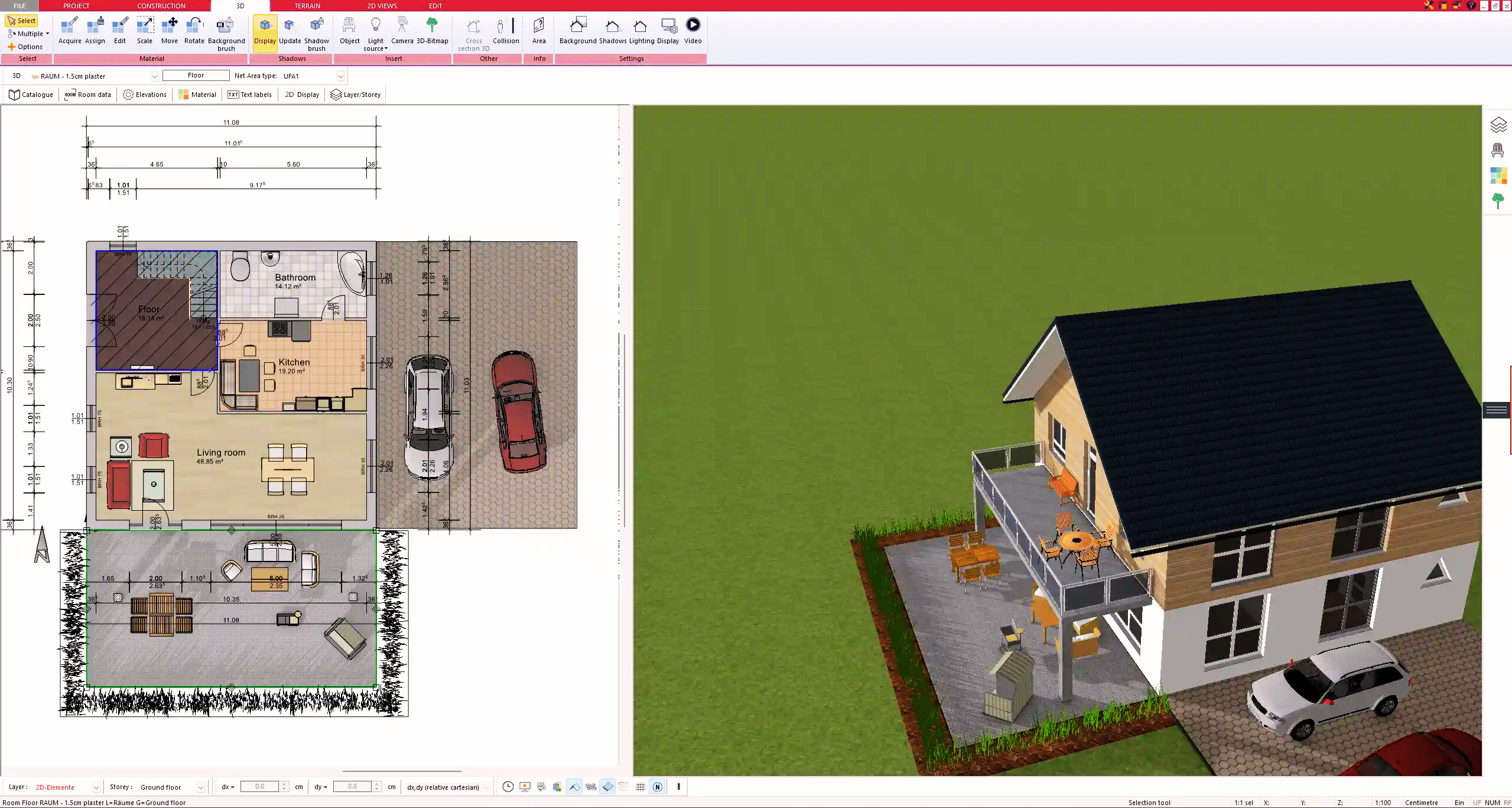


3. Floors & Roof
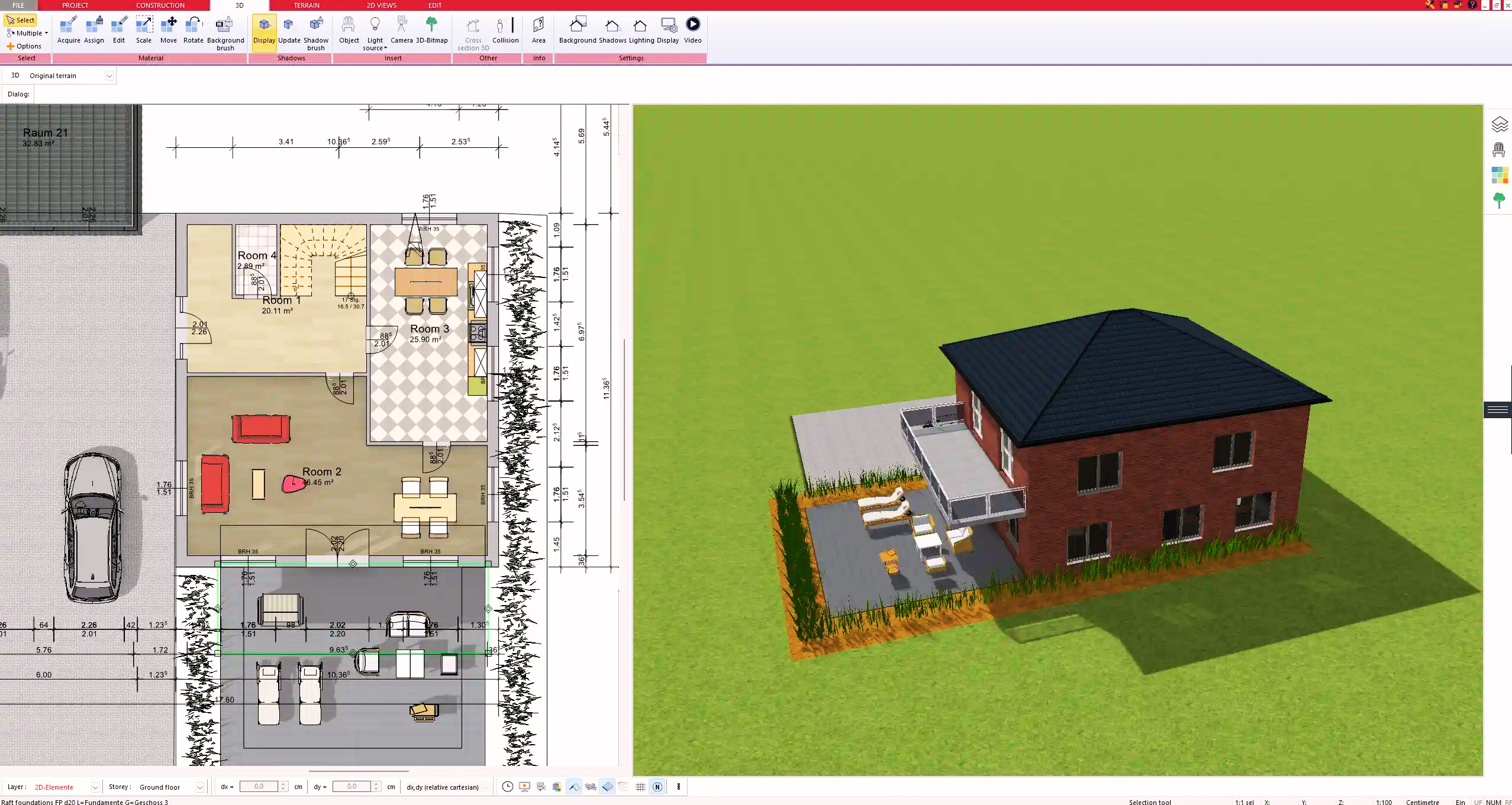


4. Textures & 3D Objects
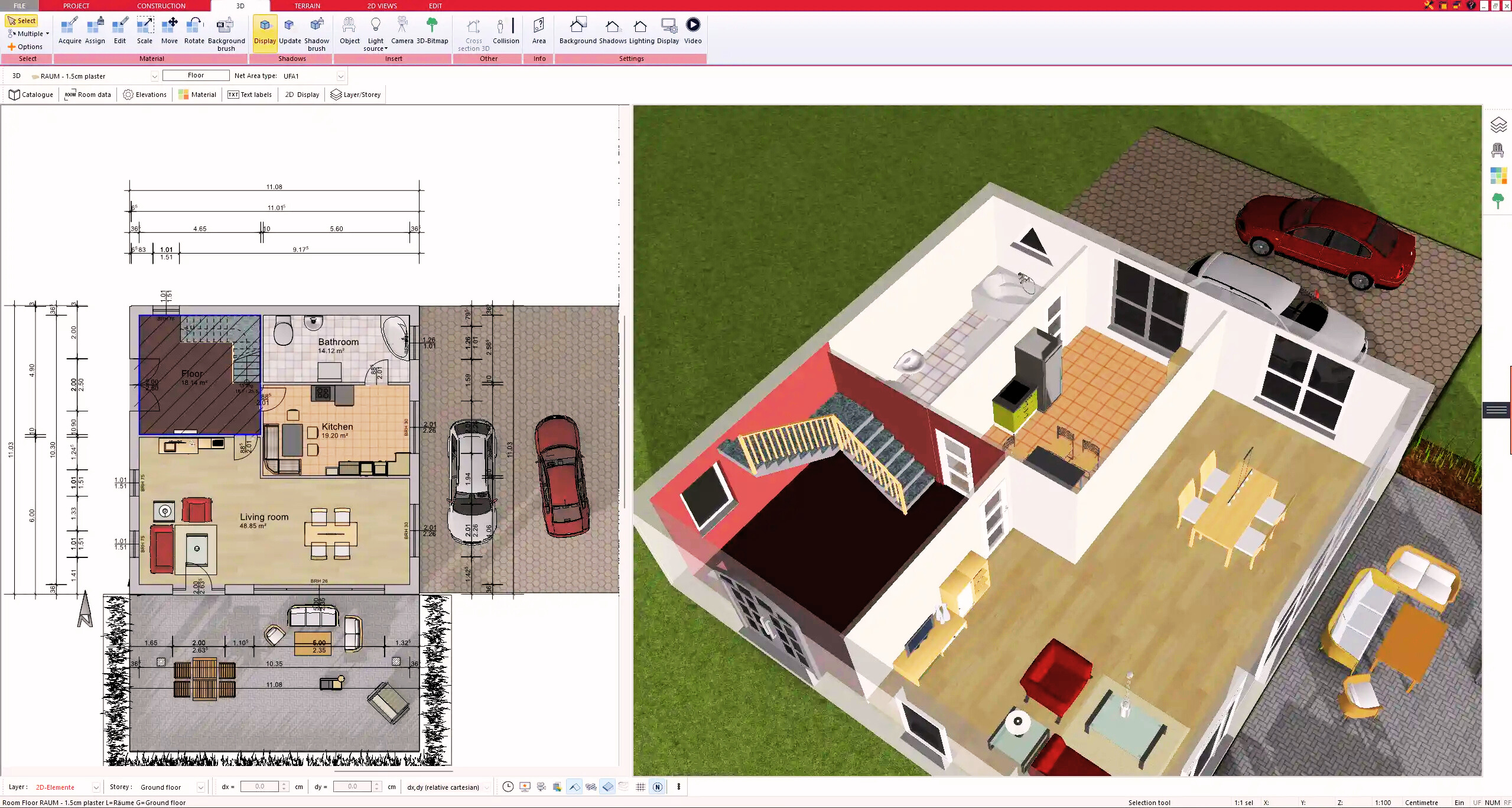


5. Plan for the Building Permit
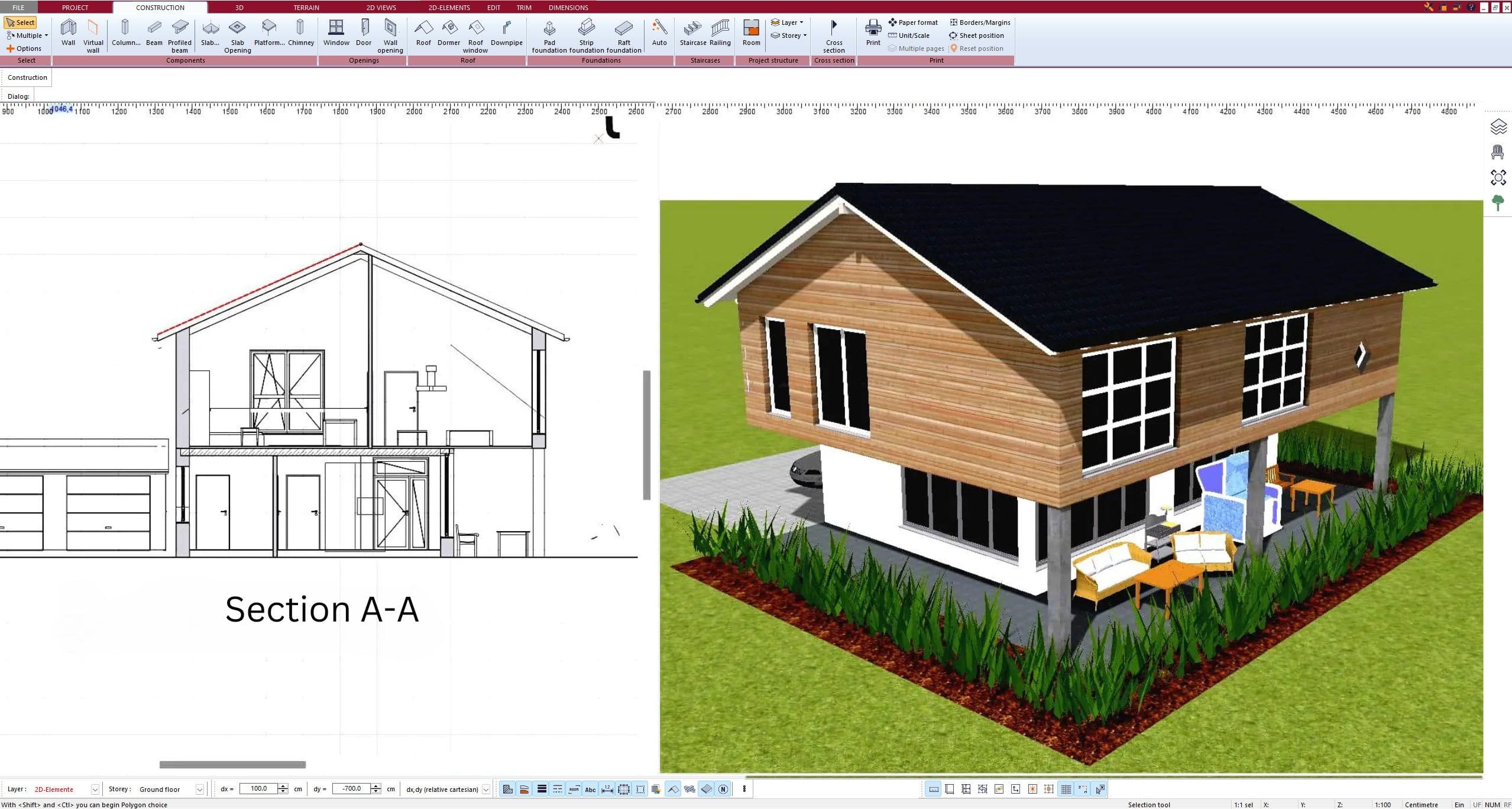


6. Export the Floor Plan as a 3D Model for Twinmotion



- – Compliant with international construction standards
- – Usable on 3 PCs simultaneously
- – Option for consultation with an architect
- – Comprehensive user manual
- – Regular updates
- – Video tutorials
- – Millions of 3D objects available
Why Thousands of Builders Prefer Plan7Architect
Why choose Plan7Architect over other home design tools?





